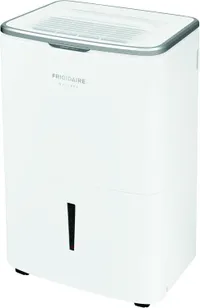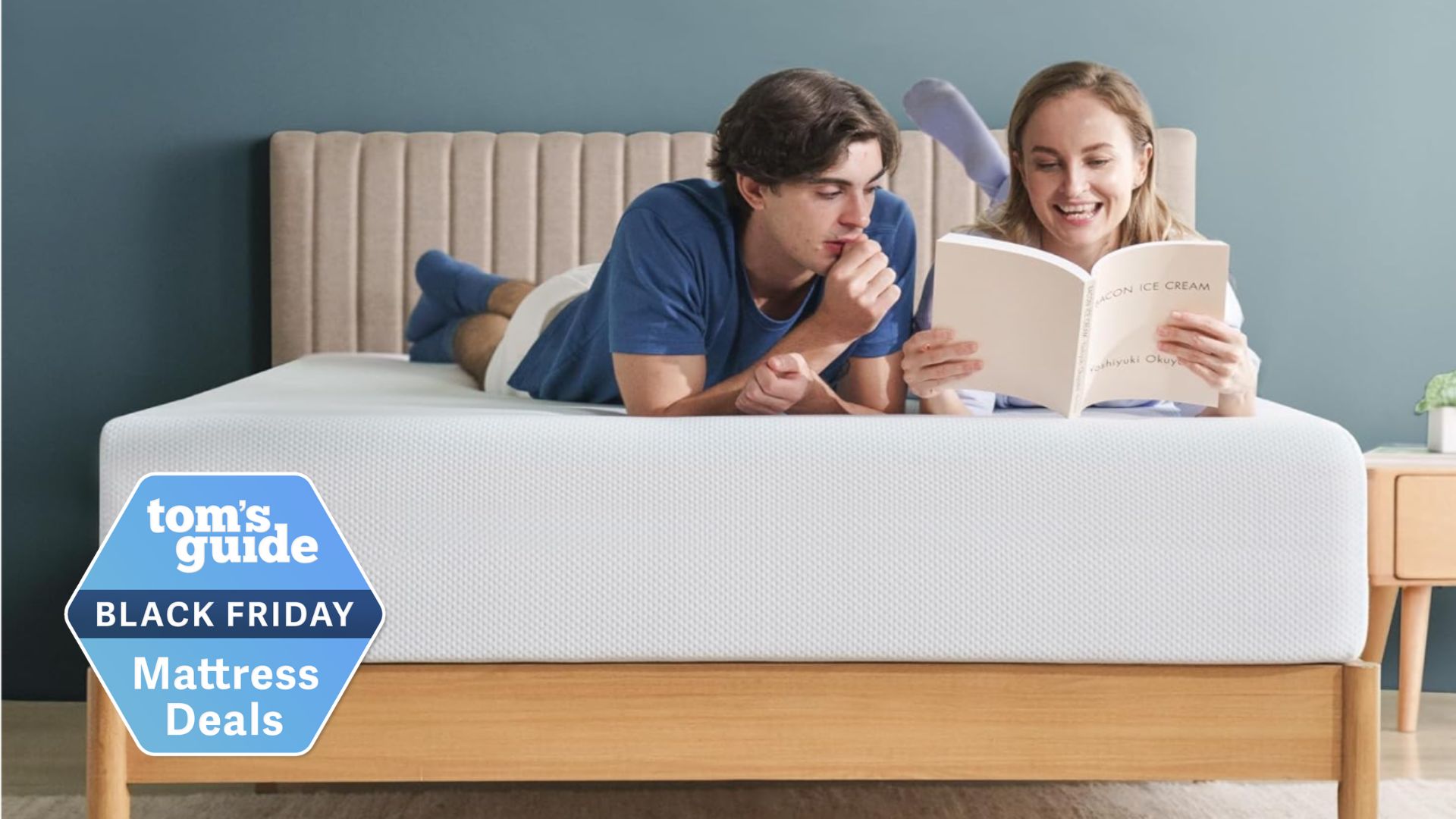Expert reveals the key to preventing mold is to set your thermostat to this temperature
Do you have the right temperature to prevent mold?
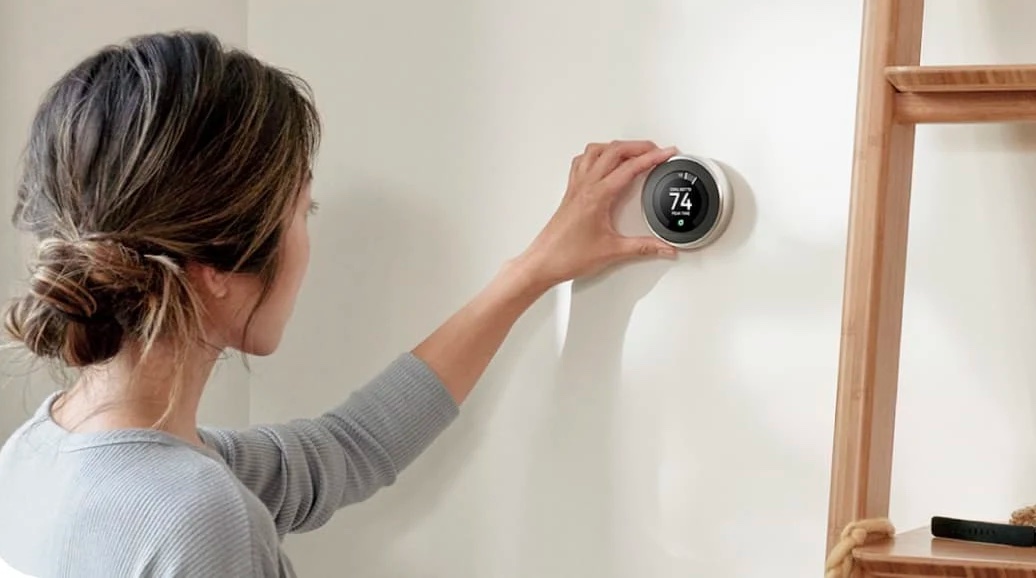
As the temperatures grow colder, we often find ourselves cranking up the heat or blocking out chilly drafts. But while we’re busy winterizing our homes to keep it warm and cozy, we could unknowingly be causing condensation around our windows.
Essentially, condensation is caused by excess moisture or humidity in the air happens when the warm air inside makes contact with the cold glass, releasing excess moisture as droplets as it cools. Not only can such conditions encourage mold in your home and damage windows, but if left untreated, can seriously affect your health if mold spores are inhaled.
According to experts, keeping your home warm at a minimum temperature can avoid the risk of mold building up. What’s more, maintaining a comfortable temperature is not only good for your overall well-being, but will be energy efficient and save you money in the long-run.
So what is the ideal temperature you need to stay warm and still keep mold at bay?
Minimum temperature to avoid mold
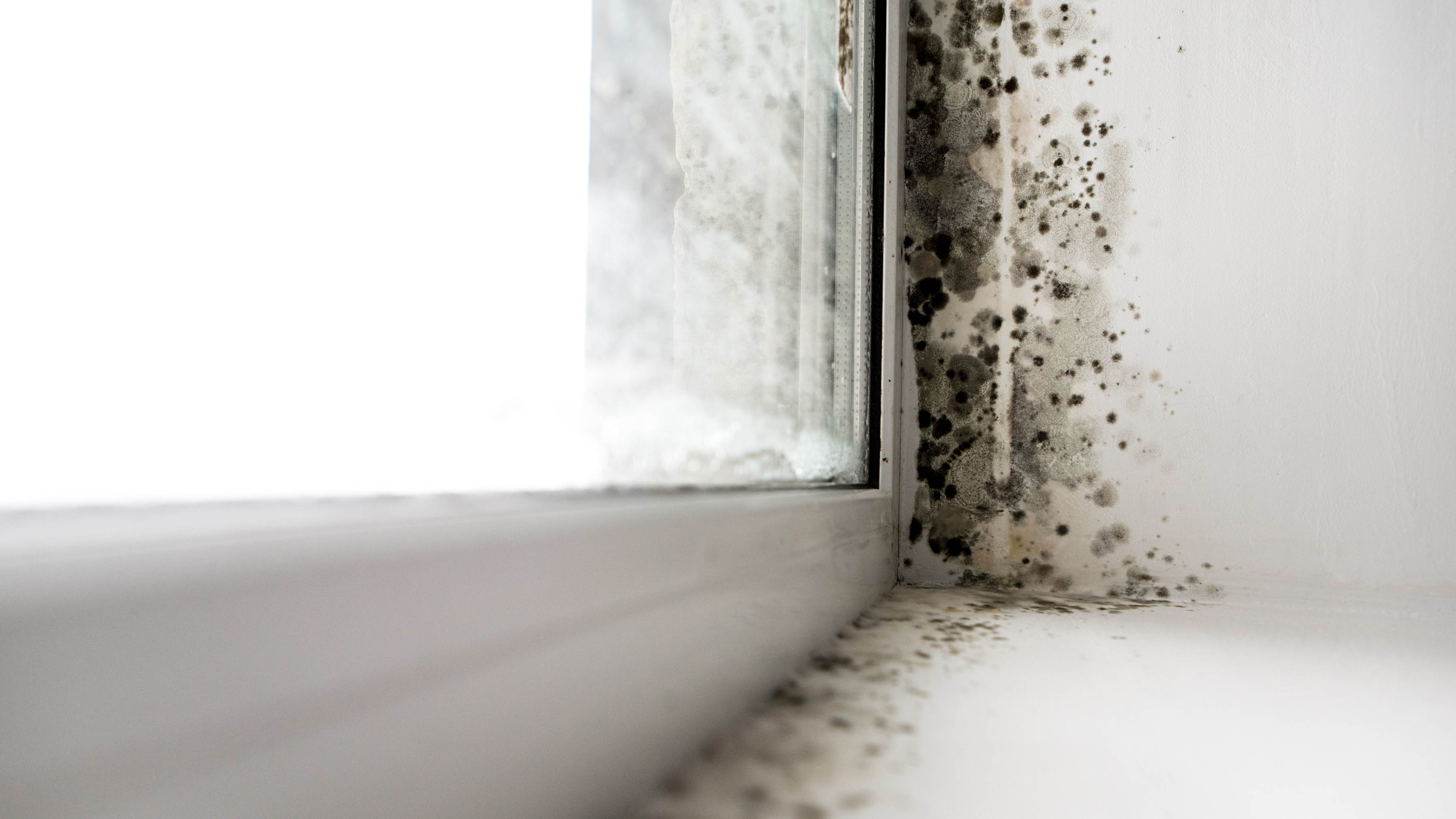
Ideally, the minimum temperature you should heat your home this winter is between 64 °F and 70 °F.
“It's generally a good idea to set your thermostat between 18 degrees Celsius and 21 degrees Celsius (64°F and 70 °F) during the day,” states Matthew Jenkins, heating tradesman for MyJobQuote.
“At nighttime, you can lower the settings to around 60°F to save energy. However, you must consider your personal comfort preferences and the specific needs of your household.”
Get instant access to breaking news, the hottest reviews, great deals and helpful tips.
Tips to prevent condensation
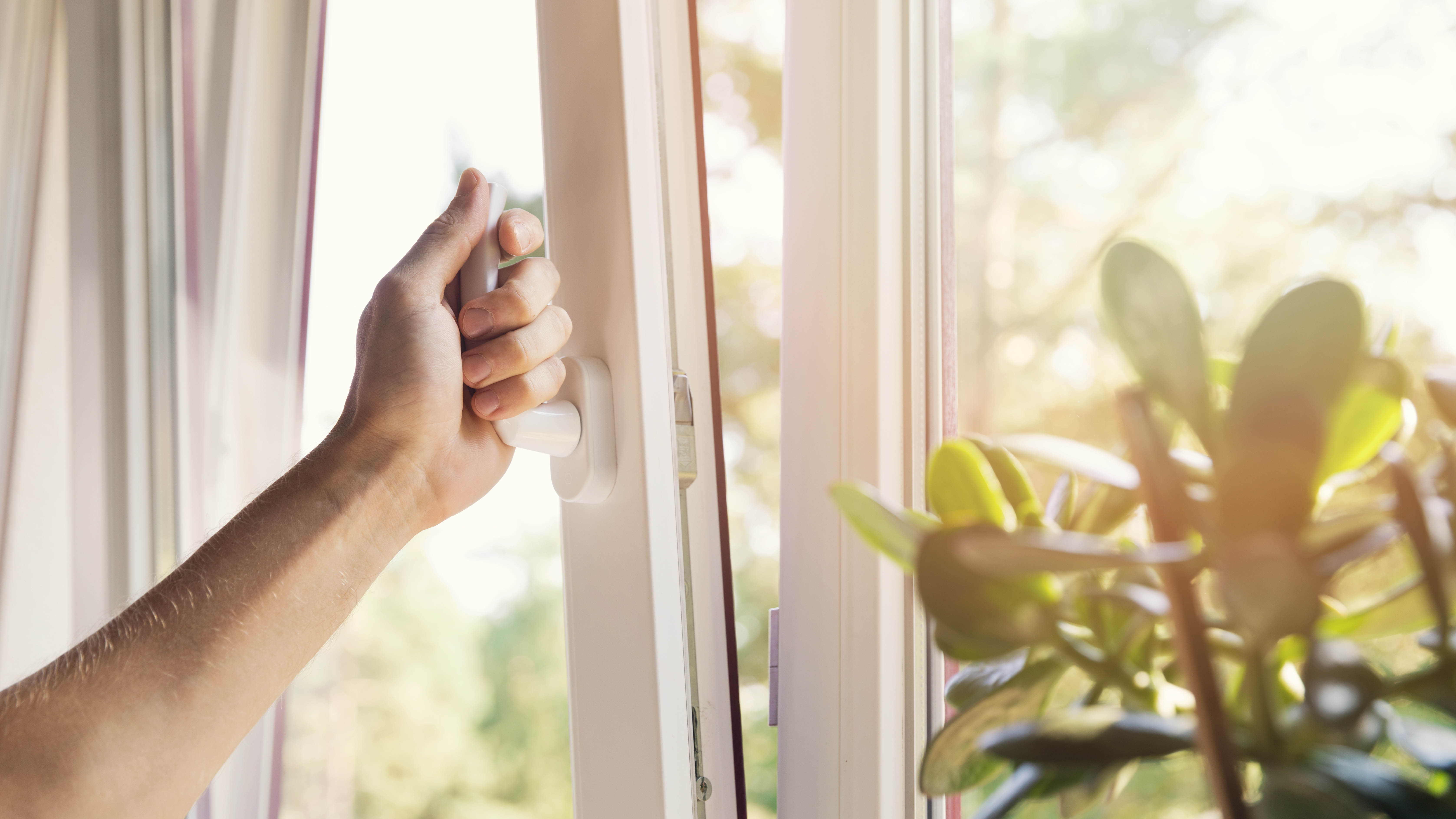
The first call of action would be to allow adequate ventilation to release excess moisture, increase air flow and essentially, keep the room dry. Ideally, crack a window or door open to allow air flow, or switch on exhaust fans, particularly in bathrooms and kitchens.
Also, sealing gaps in windows and doors can help with preventing moisture and condensation issues inside the home. "Proper insulation in the home can significantly reduce heat loss, allowing you to lower the thermostat settings without compromising comfort." adds Jenkins.
Of course, investing in one of the best dehumidifiers is ideal, especially if you lack windows or you don’t have AC or exhaust fans.
The Frigidaire FGAC5044W1 has an excellent 50-Pint capacity and advanced smart connectivity for automation and voice control via Alexa or Google. You can operate it remotely via the app, set the target humidity and receive notifications when the bucket is full.
Stay on top of cleaning and maintenance
Another preventative method is to thoroughly clean surfaces to get rid of mold and stop spores from spreading. “Reducing humidity doesn’t kill mold, mildew, or dust mites that already exist,” states Megan Doser, owner and CEO at Doctor Fix It Plumbing, Heating, Cooling & Electric. “Lowering humidity to 40–50% will stop them from spreading and make them go dormant, but the colonies that are already there won’t vanish on their own. You still have to physically clean or remove them.
“This means scrubbing hard surfaces with a mold cleaner or diluted bleach, washing bedding and fabrics in hot water (130°F) to kill dust mites, vacuuming with a HEPA filter, and ideally even running an air purifier with HEPA + carbon filter to trap leftover spores and reduce musty smells.”
It’s important to note that if you’re dealing with a continuous mold problem, you may want to contract a professional mold removal service.
For more tips, check out these 5 tell-tale signs that you need a dehumidifier right now.
Follow Tom's Guide on Google News and add us as a preferred source to get our up-to-date news, analysis, and reviews in your feeds. Make sure to click the Follow button!
More from Tom's Guide
- 9 ways to prevent mold in your home
- Mold vs. dust: How to tell the difference and remove both from your home
- 5 bathroom cleaning hacks that will save you time and effort

As the Homes Content Editor, Cynthia Lawrence covers all things homes, interior decorating, and garden-related. She has a wealth of editorial experience testing the latest, ‘must-have’ home appliances, writing buying guides and the handy ‘how to’ features.
Her work has been published in various titles including, T3, Top Ten Reviews, Ideal Home, Real Homes, Livingetc. and House Beautiful, amongst many.
With a rather unhealthy obsession for all things homes and interiors, she also has an interior design blog for style inspiration and savvy storage solutions (get rid of that clutter!). When she’s not testing cool products, she’ll be searching online for more decor ideas to spruce up her family home or looking for a great bargain!
You must confirm your public display name before commenting
Please logout and then login again, you will then be prompted to enter your display name.
